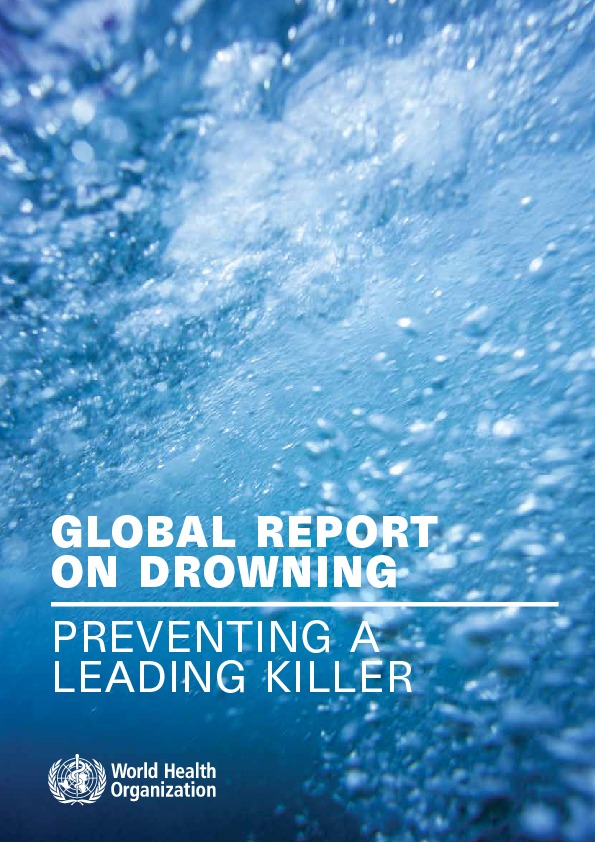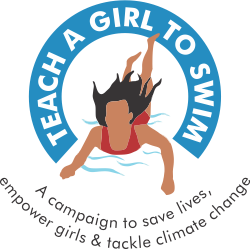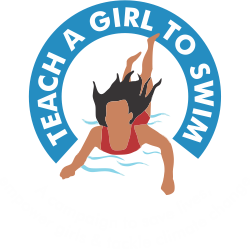Resources
This section contains some of the best resources we have found on Drowning Prevention and Water Safety. If you have others to suggest, please do let us know at contact@teachagirltoswim.org and we will add them. Thank you.
 |
The Outdoor Swimming Society is a UK-based charity which has some of the best content we’ve come across. Their website is a mine of practical information on everything from cold water swimming risks and swimming with toddlers, to understanding currents and eddies and waves, to river hazards. Their Recognising Drowning piece by Lynne Roper is a must-read for everyone.
|
|
 |
The RNLI (Royal National Lifeboat Institution) is a British institution synonymous with water safety through their volunteer lifeboat and lifeguarding services. They also have an active international programme of capacity building for drowning prevention, that the TAGS campaign is proud to promote. In this video, RNLI emphasises the importance of floating as an essential life-saving measure. RNLI -Float to Live – The Six Steps of Floating. | |
| This video contains useful Swimming and Water Safety Tips from the American Red Cross. | Here is another useful youtube tutorial for beginners on swim safety. This one here is geared towards teaching swim safety for children with Josh the Otter. | |
 |
Preventing drowning: an implementation guide This is the latest report by the World Health Organisation (WHO) on drowning prevention. Published in May 2017, the guide seeks to inform action on drowning prevention from national policy level to local swim training efforts. The TAGS campaign seeks to promote awareness of this report and implementation of its recommendations. The report highlights the main known facts about drowning: Each year almost 360 000 people die from drowning – over 90% of them in low- and middle-income countries. More than half of these deaths are among those younger than 25, with children aged under 5 facing the greatest risk. Drowning is the third leading cause of death worldwide for those aged from 5 to 14. Despite these tragic facts, drowning prevention gets relatively little attention and few resources. Building on the World Health Organization’s 2014 Global report on drowning, the report provides practical, step-by-step guidance on how to implement 10 effective measures to prevent drowning. They range from community-based solutions, such as day care for children and barriers controlling access to water, to effective national policies and legislation around water safety, including setting and enforcing boating, shipping and ferry regulations. Data show that all of these solutions can help save lives.
|
|
 |
Global report on drowning: preventing a leading killer This is the original, and first such, report by the World Health Organisation (WHO) on the global scourge of drowning. Published in 2014, the WHO Global report on drowning: preventing a leading killer highlights that 372,000 people drown worldwide each year. Drowning is among the ten leading causes of death for children and young people in every region of the world. The report sets out the evidence showing a range of effective drowning prevention strategies, and makes a number of recommendations for concrete measures to be taken by national and local governments. With the release of this report, WHO aims to galvanize attention and action to this issue by highlighting how collaboration across sectors can save lives
|

